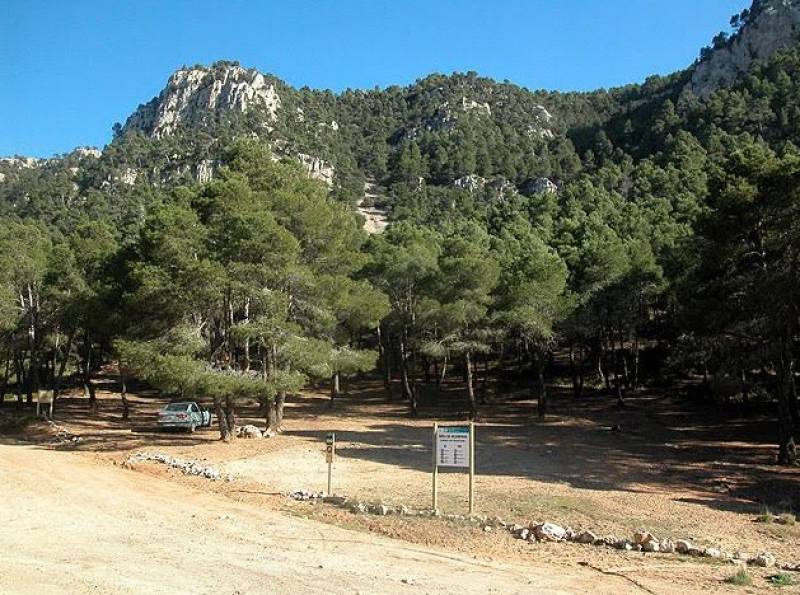- Region
- Vega baja
- Marina Alta
- Marina Baixa
- Alicante
- Baix Vinalopo
- Alto & Mitja Vinalopo
-
ALL TOWNS
- ALICANTE TOWNS
- Albatera
- Alfaz Del Pi
- Alicante City
- Alcoy
- Almoradi
- Benitatxell
- Bigastro
- Benferri
- Benidorm
- Calosa de Segura
- Calpe
- Catral
- Costa Blanca
- Cox
- Daya Vieja
- Denia
- Elche
- Elda
- Granja de Rocamora
- Guardamar del Segura
- Jacarilla
- Los Montesinos
- Orihuela
- Pedreguer
- Pilar de Horadada
- Playa Flamenca
- Quesada
- Rafal
- Redovan
- Rojales
- San Isidro
- Torrevieja
- Comunidad Valenciana
Date Published: 18/01/2022
ARCHIVED - Omicron or flu? How to tell the difference between symptoms
How to tell the difference between the early signs of the Omicron variant, the common cold and flu

When faced with symptoms that resemble the flu amid the current coronavirus pandemic, it’s sometimes tricky to know whether these are actually early signs of the new and highly infectious Omicron variant of Covid.
Whilst Omicron is far more contagious than previous variants, including Delta, and has ramped up daily infections across Spain, it manifests itself differently, and the World Health Organisation (WHO) has predicted that more than half the population of Europe will be infected with this particular strain within the next five to seven weeks.
Until now, the three main symptoms of coronavirus were high temperature, persistent cough and loss or change in sense of smell and taste.
But with the rise of Omicron, the main symptoms of Covid have changed and experts warn those infected may well think they have contracted other respiratory viruses such as influenza, commonly known as the flu.
However, there are some symptoms that allow doctors and sufferers to differentiate, either because they only appear in one specific infection or because they occur with greater intensity or for longer periods of time, although the easiest way to rule out or confirm Covid infection is to perform a PCR or antigen test.
Common cold
According to the US Centre for Disease Control and Prevention (CDC), a cold peaks between the second and third day and the most common symptoms are sneezing, nasal congestion, runny nose, sore throat, cough, runny throat and watery eyes.
Sufferers do not usually have a fever and a cold takes seven to 10 days to clear up, which is similar to the Omicron variant. A cold can be caught at any time of the year, although they are more common in colder months.
Flu
Flu, on the other hand, is usually accompanied by a fever and muscle pain, although symptoms also include sneezing, mucus and nasal congestion, which can lead to loss of smell and taste in some cases. In more serious infections it leads to headaches and chills, as well as stomach problems.
While the fever and other symptoms usually disappear within a week in most cases, the cough itself usually persists for a few more days. The most common complication of this respiratory infection is pneumonia, which can be caused by the virus itself or by ‘bacterial super-infection’.
The flu virus can spread throughout the year, but is most active between December and February.
Omicron
Omicron is characterised by ‘milder symptoms’ compared to previous Covid strains, although this is very much influenced by whether or not the person is vaccinated.
The main symptoms of the variant are extreme fatigue, fever, rapid heart rate, muscle pain, runny nose, headache, sneezing and sore throat. Those infected do not typically lose their sense of taste or smell, as was common in previous SARS-CoV-2 strains like the Delta variant.
Now see: How to obtain a Covid passport in Spain and How to book an appointment for a vaccine or booster jab
Image: Archive
staff.inc.ali
Loading
Read more about Coronavirus:
OR
Sign up for the Spanish News Today Editors Roundup Weekly Bulletin to get a comprehensive email with all the week’s news for Spain, Murcia, Alicante and Andalucía.
Get a sneak peek – here are a few of our recent Subscription Bulletins:
50% Discount Special Offer subscription:
24.95€ for 48 Editor’s Weekly News Roundup bulletins!
Please CLICK THE BUTTON to subscribe.
Contact Murcia Today: Editorial 000 000 000 /
Office 000 000 000




































